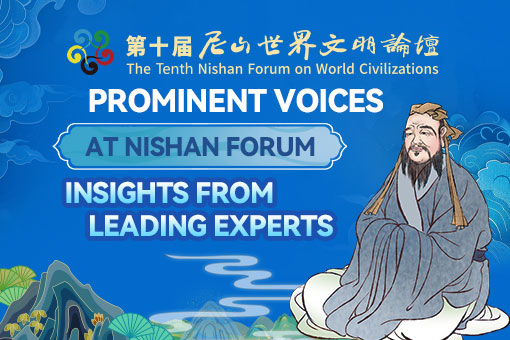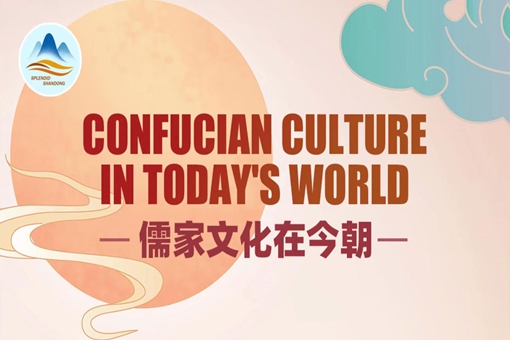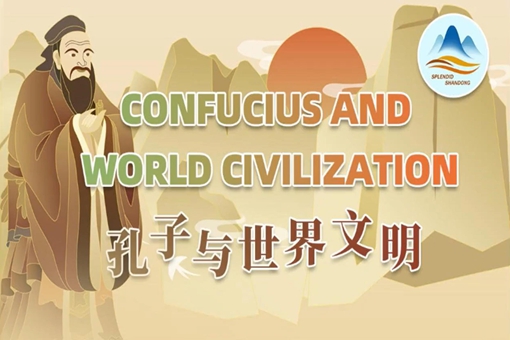Qufu, birthplace of Confucius and a holy land of eastern culture
(chinadaily.com.cn )| Updated : 2018-11-06
Print PrintThe area that is occupied by Qufu today formed part of the ancient capital of the State of Lu during the Spring and Autumn period (770-476 BC) of Chinese history.
Nishan Mountain, to the southeast of the city, is traditionally regarded as the birthplace of Confucius, the great thinker, educator and founder of Confucianism, who was born more than 2,500 years ago.
Qufu is also known as the birthplace of Huangdi, or the Yellow Emperor, who is regarded as one of the common ancestors for all Chinese, and the hometown of the inventor Lu Ban. The city now covers a total area of 896 square kilometers and has a population of 650,000.
It is sometimes known as the holy land of the East and the “Eastern Jerusalem”. Confucianism has had a profound effect on Chinese civilization and constitutes an important part of traditional Chinese culture.
All that heritage has left Qufu as something of a museum of cultural relics. There are 819 cultural relic sites and 209 key cultural relics scattered throughout the city.
As well as a long history, Qufu can also boast many modern cultural facilities such as the excellent traditional culture inheritance and development demonstration zone, and the Confucius Institute's headquarters.
Every year, the city holds a series of major activities including the Nishan Forum on World Civilizations, the Qufu International Confucius Culture Festival and the World Confucion Conference.

The Confucian Temple in Qufu, a county-level city of Jining, Shandong province. [Photo/VCG]

The city of Qufu, hometown of Confucius, holds a grand ceremony celebrating the 2,568th anniversary of his birth on Sept 28, 2017. [Photo/VCG]

 Insights from the 10th Nishan Forum
Insights from the 10th Nishan Forum  Confucian culture thrives: Integrating its wisdom into modern value
Confucian culture thrives: Integrating its wisdom into modern value  Confucianism's enduring influence: Shaping East, Southeast Asian civilizations
Confucianism's enduring influence: Shaping East, Southeast Asian civilizations